While researching the benefit of swapping one of my 21 mpg cars for a 31 mpg Honda Fit, I came across a site called the MPG Illusion. The easiest way to illustrate their point is via a quick quiz.
Pop Quiz
The full quiz and explanation is here. But the very core of the argument can be summed up below. Assuming that both cars are driven 100 miles per week:

Without breaking out the calculator, you might think that having 50 mpg and 10 mpg together might average out to about 30 mpg, beating out the two 20 mpg cars. The problem is that using miles per gallon is not intuitive. Why?
Miles per gallon (MPG) is more useful for things like calculating the range of your vehicle.
Gallons per mile (GPM) would be better for estimating the actual cost of driving your car, since gallons is directly proportional to dollars spent.
Okay, a little math. Getting 10 miles per gallon is the same as saying you use 10 gallons every 100 miles. 20 mpg means 5 gallons every 100 miles. 50 mpg means 2 gallons every 100 miles. So in one week, the Option 1 uses 10 gallons per week. Option 2 uses 12 gallons per week. Option 1 wins!
If you remember gallons = $$, this chart below shows (also from MPG Illusion), the savings you get from going from 10 mpg to 20 mpg is a lot greater than going from 30 mpg to 40 mpg. In fact, going from 16 to 20 mpg can save as much gas as the shift from 31 to 50 mpg.
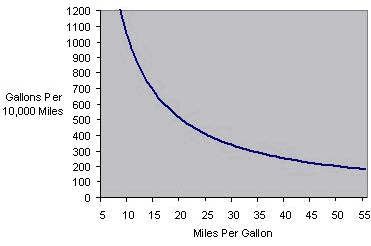
Higher mpg numbers are still better, but the benefit is diminishing. Going for the hybrid might get you the most “green” points, but you might be getting most of the benefit for a lot less money by simply switching to a more affordable car with a decent mpg bump. Is it almost used Honda Fit time? Run the numbers for yourself at this GPM calculator.
(Does this make the “Cash for Clunkers” program more palatable? I don’t know, they could still raise the minimum improvement amounts.)
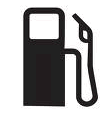 You’ve probably heard about the new “Cash for Clunkers” bill that is offering up to $4,500 towards the purchase of a new car. The idea is to stimulate demand for new cars as well as raise overall fuel efficiency by promoting the trade-in of “clunkers” for new and more efficient vehicles. It is officially part of the Consumer Assistance to Recycle and Save (CARS) Act, which recently passed the House and is currently in the Senate.
You’ve probably heard about the new “Cash for Clunkers” bill that is offering up to $4,500 towards the purchase of a new car. The idea is to stimulate demand for new cars as well as raise overall fuel efficiency by promoting the trade-in of “clunkers” for new and more efficient vehicles. It is officially part of the Consumer Assistance to Recycle and Save (CARS) Act, which recently passed the House and is currently in the Senate.  The first car I ever owned, which came to me in excellent condition in 2000. Besides the usual oil changes and stuff, I’ve replaced the starter and 3 out of the 4 power windows motors (annoying common flaw in this model). It is nearly 15 years old now and runs great. Edmunds says my car is worth about $2,500 (sold to a private party). $4,500 for it might tempt me.
The first car I ever owned, which came to me in excellent condition in 2000. Besides the usual oil changes and stuff, I’ve replaced the starter and 3 out of the 4 power windows motors (annoying common flaw in this model). It is nearly 15 years old now and runs great. Edmunds says my car is worth about $2,500 (sold to a private party). $4,500 for it might tempt me. Yes, I have a sad little orphan Pontiac. But I took advantage of its horrendous resale value and picked it up when it came off-lease at 3 years old at my workplace for cheap. The interior is really cheap-feeling, but you know what, it hasn’t run into any mechanical problems at all. The only thing that broke so far was a plastic air conditioner knob.
Yes, I have a sad little orphan Pontiac. But I took advantage of its horrendous resale value and picked it up when it came off-lease at 3 years old at my workplace for cheap. The interior is really cheap-feeling, but you know what, it hasn’t run into any mechanical problems at all. The only thing that broke so far was a plastic air conditioner knob.
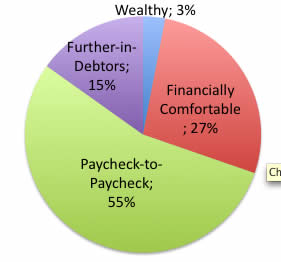
 PNC Bank has a new online banking product called
PNC Bank has a new online banking product called 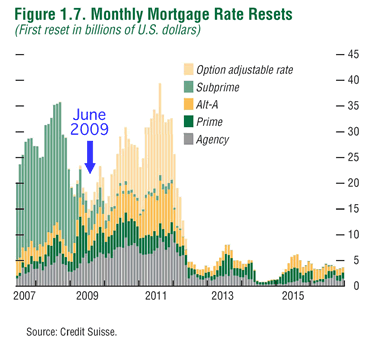

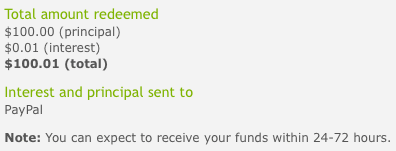
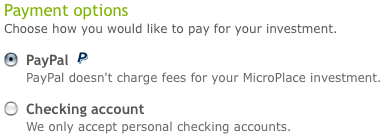
 PineCone Research remains one of the better paying and reliable survey companies, with a payout of $3 for each 15-20 minute online survey. The hardest part is getting accepted, as they only accept applications intermittently.
PineCone Research remains one of the better paying and reliable survey companies, with a payout of $3 for each 15-20 minute online survey. The hardest part is getting accepted, as they only accept applications intermittently.
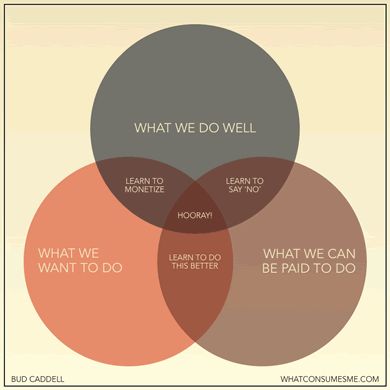
 WT Direct is running a new “Stay Financially Fit!” promotion for their savings account. Ostensibly it’s to help you build your emergency fund with regular savings deposits, but of course you have to do it with WT Direct. 😉 To participate, you must open a new account first or log into your existing account and look for this banner on the Account Summary page.
WT Direct is running a new “Stay Financially Fit!” promotion for their savings account. Ostensibly it’s to help you build your emergency fund with regular savings deposits, but of course you have to do it with WT Direct. 😉 To participate, you must open a new account first or log into your existing account and look for this banner on the Account Summary page.


 The Best Credit Card Bonus Offers – March 2024
The Best Credit Card Bonus Offers – March 2024 Big List of Free Stocks from Brokerage Apps
Big List of Free Stocks from Brokerage Apps Best Interest Rates on Cash - March 2024
Best Interest Rates on Cash - March 2024 Free Credit Scores x 3 + Free Credit Monitoring
Free Credit Scores x 3 + Free Credit Monitoring Best No Fee 0% APR Balance Transfer Offers
Best No Fee 0% APR Balance Transfer Offers Little-Known Cellular Data Plans That Can Save Big Money
Little-Known Cellular Data Plans That Can Save Big Money How To Haggle Your Cable or Direct TV Bill
How To Haggle Your Cable or Direct TV Bill Big List of Free Consumer Data Reports (Credit, Rent, Work)
Big List of Free Consumer Data Reports (Credit, Rent, Work)